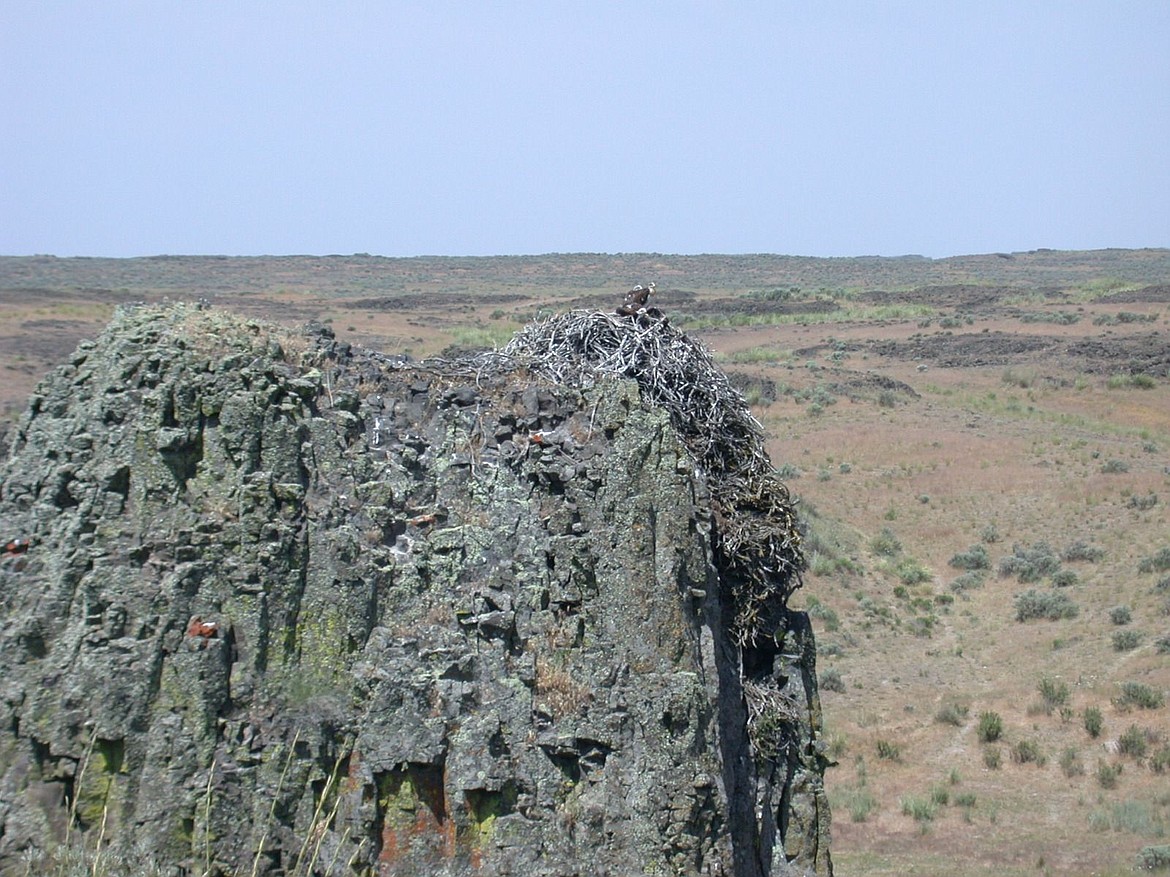From threatened to endangered
The Washington Department of Fish and Wildlife is seeking public input on its periodic status review for the ferruginous hawk, as it is recommending a change from threatened to endangered status.
Become a Subscriber!
You have read all of your free articles this month. Select a plan below to start your subscription today.
Already a subscriber? Login




